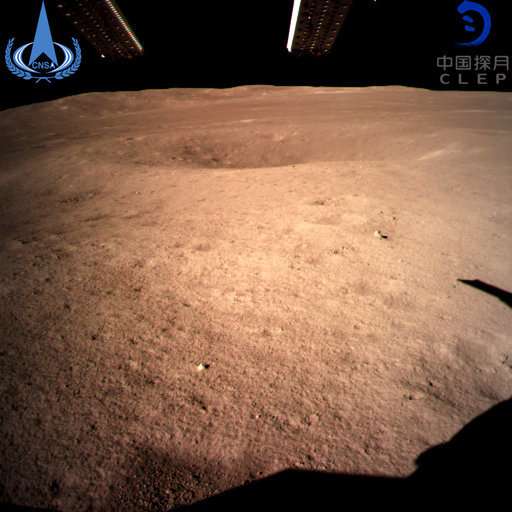China's space journey, to the moon's far side and beyond

China has come a long way since the founding of its space program in 1956.
Shortly after the former Soviet Union launched Sputnik, Chairman Mao Zedong declared that China too should have an artificial satellite to keep up with the great powers. Now, being recognized as a galactic pioneer is once again part of China's national ambitions.
"The space dream is part of the dream to make China stronger," President Xi Jinping said shortly after taking office in 2013.
While China still lags behind the United States, which has a much larger space exploration budget, it has come out ahead in at least one arena after becoming the first country to make a landing on the far side of the moon Thursday. Here are some key milestones in China's space odyssey, and a look at the missions ahead:
1970s: Rockets
The country introduced its Long March series of rockets in 1970. The program's success rate of about 95 percent makes it a cornerstone of China's space endeavors. It has had a few setbacks, notably a Long March 5 rocket that plunged into the Pacific minutes after takeoff in July 2017.
2003: First Astronaut
Yang Liwei became the first Chinese astronaut in space in October 2003. China was only the third country, after Russia and the U.S., to conduct a crewed mission. The country has sent 11 astronauts, including two women, on six missions in all.
2011: Space Laboratory
China was excluded from the International Space Station largely due to concerns over its space program's connections to the military and U.S. legislation barring such cooperation. That didn't stop China from launching in 2011 its own space laboratory, named Tiangong ("Heavenly Palace"), which orbited Earth until last April. The station hosted two crewed missions and served as a test platform for docking procedures and other operations.
2013: To The Moon And Back
Chang'e 1, named after a mythological Chinese moon goddess, first circled the moon in 2007. Successive lunar missions have included a moon landing in 2013, the first since the former Soviet Union's Luna 24 in 1976. There are plans for a Chang'e 5 probe to reach the moon next year and return to Earth with samples.
2020: What's Next?
The year 2020 promises to be a big one for China's space program. It plans to send its first probe to Mars and complete a homegrown global navigation network.
The latter will link more than 30 satellites providing real-time geospatial information worldwide—China's answer to GPS.
By 2022, China hopes to complete a space station fit for long-term habitation, with standards matching those of the International Space Station, though smaller in size.
And moon development? The National Space Administration declared in a video last April, "China's dream of residing in a lunar palace will soon become a reality."
© 2019 The Associated Press. All rights reserved.



















